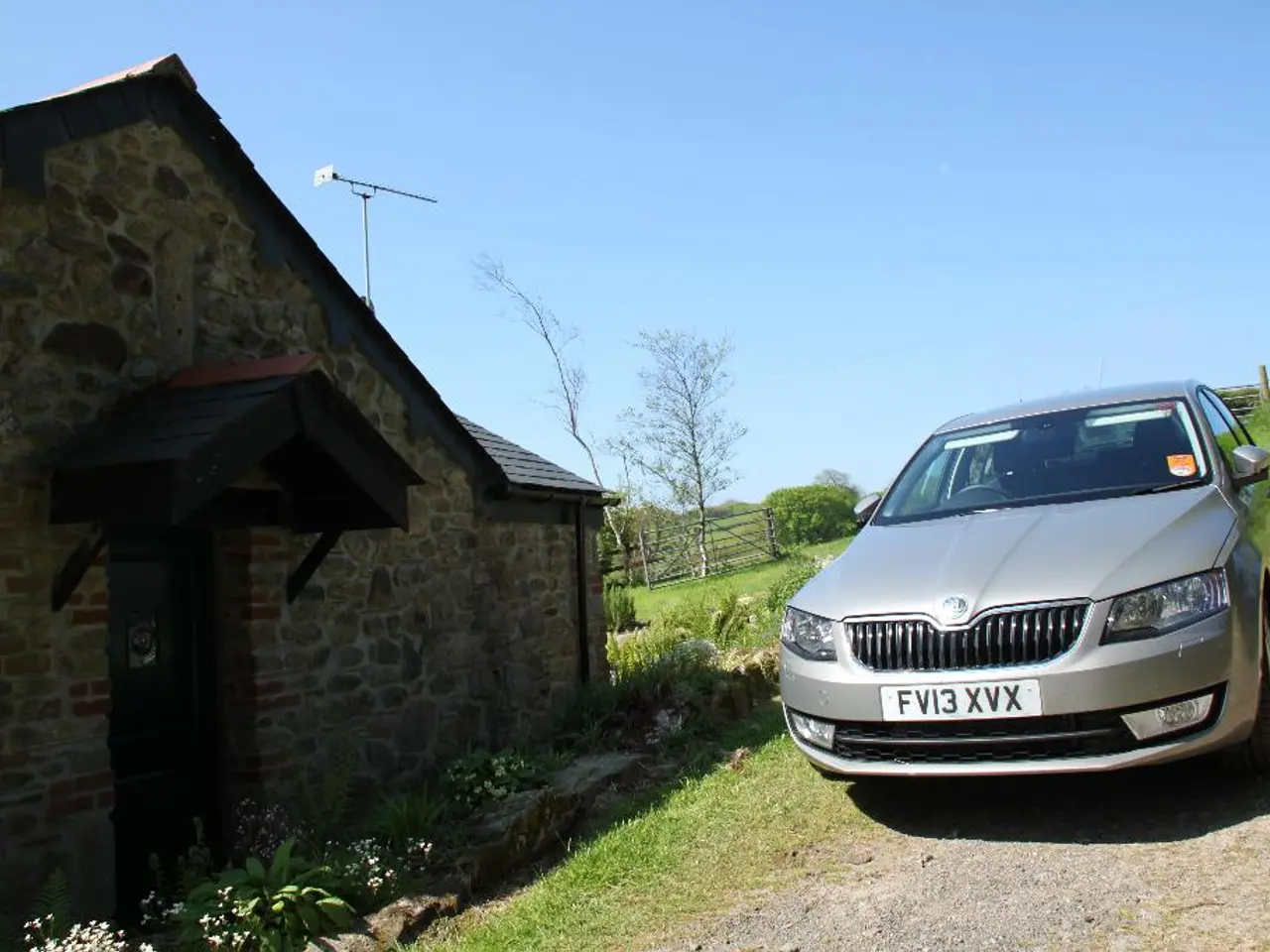Employing car hazard lights: Knowing appropriate times and methods
Hazard warning lights are a crucial safety feature in UK traffic law, designed to alert other road users of a breakdown or obstruction caused by a vehicle. These lights serve as a safety signal, indicating that a vehicle is stationary or moving unusually slowly and might be causing an obstruction or hazard on the road.
### Proper Usage of Hazard Warning Lights in the UK:
When your vehicle breaks down or causes an obstruction, you must switch on your hazard warning lights to warn other road users, as per the Highway Code Rule 274. Hazard warning lights should only be used in situations where a vehicle poses a danger or obstruction, such as a breakdown, accident, or when stopped unexpectedly in a hazardous location.
It is essential not to use hazard lights while driving normally, such as when stationary at traffic lights or in traffic jams, as this can confuse other drivers. When using hazard lights, take extra precautions by wearing high-visibility clothing if leaving the vehicle and placing a warning triangle behind the vehicle if safe to do so (except on motorways).
### Legal and Safety Context:
The Road Vehicles Lighting Regulations 1989 and the Highway Code regulate the use of all lights, including hazard warning lights, to prevent dazzling or discomfort to other road users. Hazard lights are a distinct signal from ordinary headlights or indicators and are intended to increase safety by alerting others to your vehicle’s abnormal status.
### Legal Consequences:
Using hazard warning lights inappropriately can lead to fines and penalty points on a driving licence. If fined for using hazard warning lights inappropriately, it would most likely be a £100, plus three points fixed penalty, for careless driving. It would be ironic if the use of hazard warning lights became the cause of a collision, potentially leading to a careless driving charge, resulting in a fine of £100 and three points on the driving licence.
### Exceptions and Requirements:
Vehicles without front and rear position lamps, or with front and rear position lamps that are permanently disconnected, painted over, or masked, do not require hazard warning lights. Cars built after April 1986 in the UK are mandatory to have hazard warning lights. The hazard light warning switch is typically a white triangle on a red background or a red triangle on a black background.
Classic cars first registered before April 1986 do not need to have hazard warning lights. Vehicles first used before 1 January 1936, tricycles, quadricycles classed as mopeds, and only 'bodied' mopeds do not need hazard warning lights.
### Recommendations:
Neil Greig of road safety organisation IAM RoadSmart advises that hazard warning lights should be used sensibly and for the police to be as flexible as possible in enforcing the regulations. Using hazard warning lights when moving to alert other traffic to a hazard ahead is a grey area, and their use should be sensible and flexible according to the police.
When the hazard lights are in use, the switch and green indicator warning lights will flash, and you'll hear the ticking sound of the turn signals. Using hazard warning lights while driving can lead to careless driving charges, which could result in a fine of £100 and three points on the driving licence. Hazard warning lights should not be used when they could cause confusion, such as when driving very slowly due to a car problem and about to stop, and the lights are carried out a maneuver, like turning left or right.
In summary, hazard warning lights in UK law are designed as a safety device for alerting others when a vehicle is immobilized or causing a hazard on the road. Improper use can confuse or dazzle other drivers, so they must be used judiciously and only in appropriate situations such as breakdowns or emergencies.
- Hazard warning lights are important for alerting other UK road users about a vehicle breakdown or obstruction under Highway Code Rule 274.
- Using hazard lights while driving normally can confuse other drivers, so it's essential to use them only when the vehicle poses a danger or obstruction.
- The Road Vehicles Lighting Regulations 1989 and the Highway Code dictate the proper use of hazard warning lights to prevent distraction to other drivers.
- Misuse of hazard warning lights can result in fines and penalty points on a driving license, potentially up to £100 and three points for careless driving.
- Cars registered after April 1986 in the UK are mandated to have hazard warning lights, whereas classic cars first registered before April 1986 are exempt.
- Several vehicles such as vehicles first used before 1936 and specific mopeds do not need hazard warning lights according to UK regulations.
- In terms of car-maintenance and motoring lifestyle, using hazard warning lights sensibly and understand the circumstances for their proper use is crucial for ensuring safe transportation and adhering to the industry's finance and legal norms.




